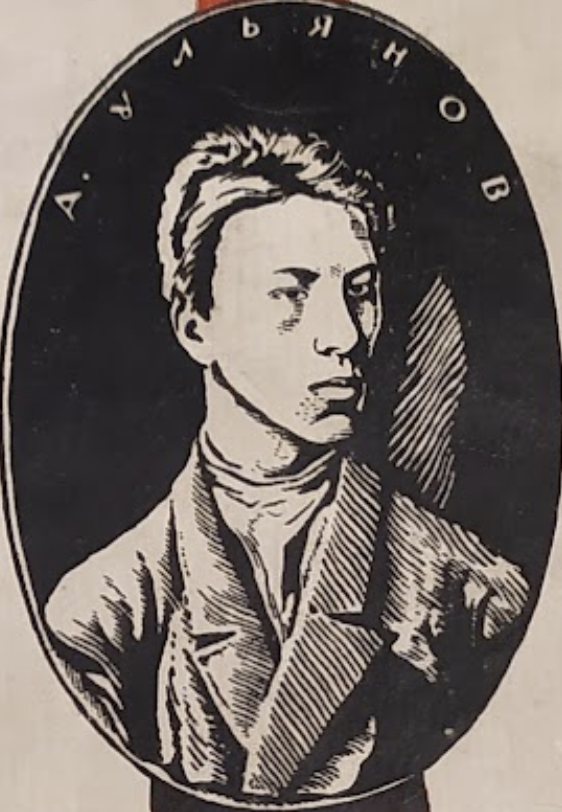This ongoing research project revolves around historical-revolutionary museums in Petrograd-Leningrad from 1917 to 1941. Central to this exploration are the State Museum of Revolution, established in 1919, and the city’s branch of the Museum of Lenin, opened in 1937. I also delve into museum projects conceived abroad by Russian political exiles before 1917. The objective of this project is to unravel the formation and metamorphosis of the memory surrounding the 1917 revolution and Russia’s revolutionary (liberation) movement.
I am particularly intrigued by the initial self-portrayals of Russian revolutionaries, which were created during the earliest attempts to encapsulate revolutionary history in a museum format. This initiative, dating back to the early 1900s, was launched by a group in Geneva aspiring to create such a museum. Furthermore, I aim to demonstrate how these early memory projects mirrored the political culture of the Russian intelligentsia and successfully transitioned into the Soviet era, becoming institutionalised in museum exhibitions, predominantly at the State Museum of Revolution.
I contend that these memory projects presented a nuanced view of Russian revolutionary history, underlining the participation of diverse political forces spanning multiple generations, instead of insisting on an inevitable progression towards the Bolshevik party. Until the 1930s, the Museum of the Revolution served as a principal relic and conduit for this memory project. This was manifested in the composition and formation criteria of collections, the structure and ideological undertones of exhibitions, as well as the personnel, many of whom advocated for non-Bolshevik ideologies.
This museum (and those affiliated) functioned as a form of revolutionary activity for employees whose political careers predated 1917 and, simultaneously, a collective memoir of progressive Russian intelligentsia. However, the late 1920s and particularly the mid-1930s saw a gradual and determined reinforcement of party-centric (as per Frederic Corney’s work) and subsequently, leader-centric memory projects. This shift oversimplified the revolution as a process dominated by the communist party, largely orchestrated by the Istpart, and then as a series of actions by mythologised figures such as Lenin, Stalin, Kirov, etc., laying the foundation for the subsequent cult of non-revolutionaries like the Imperial General Alexander Suvorov.
Despite these transformations, I argue that a transmuted version of the original, democratic memory project survived within this decidedly non-revolutionary framework, primarily because museum collections, despite purges and reorganisations, couldn’t be completely eliminated without closing the museum. This would have dismantled the legitimising platform of the Stalinist regime, which subjectively saw itself as the continuation of the revolution. From this perspective, Stalinism can be interpreted as a golem, utilising a plethora of, at times, contradictory ideological propositions, thereby making it inherently unstable and insecure
My fascination with museum history was sparked not solely from my historical training, but also greatly influenced by my personal experience within the museum sector. A distinctive aspect of museums is their interaction with the materiality of memory. Fundamentally, a museum is an ordered collection of tangible items, curated and displayed in a manner that crafts a compelling narrative, designed to elicit an emotional response from its audience. Museums profess to be conduits of authenticity. Hence, the context of museums provides an insightful perspective into the interplay between (political) power and materiality.
